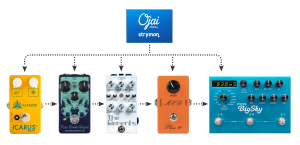
What’s that Sound: Noise and Your Signal Chain
Have you ever powered up your guitar rig and experienced a low frequency buzz or hum from your amplifier or speakers? Or perhaps a high pitched
Free US Shipping On Orders Over $49
Easy 30-Day Returns
Financing Available Through ![]()
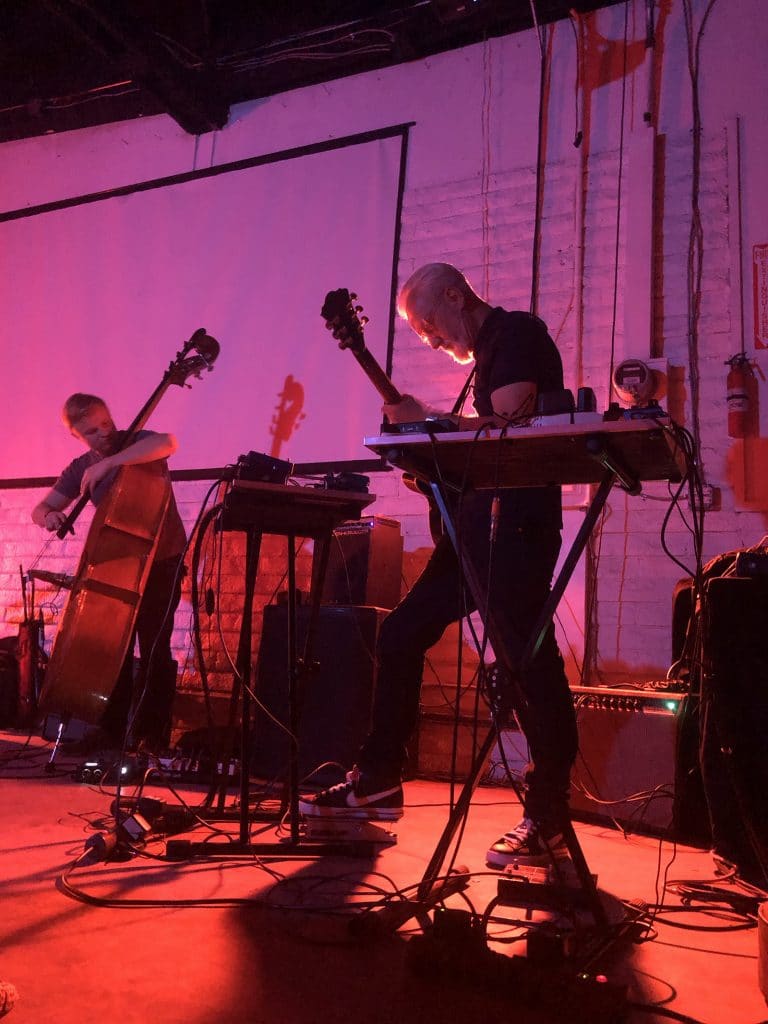
G.E. Stinson’s guitar playing through the years has shape-shifted through blues, rock, fusion/hybrid, extended techniques, and unfettered galactic core energy noise-scapes. A founding member of the Grammy Award winning instrumental group Shadowfax, Stinson is a definitive voice in the improvisational music scene in Los Angeles. In the article below, G.E. discusses his influences and how he thinks about and approaches music. Also, anyone who has seen G.E. perform knows that electronic processing of sound is a big part of what he does, so we will definitely find out what’s on his pedalboard!
What was the first music that inspired you, and how did you get your start playing guitar?
The first music to inspire me was my mother playing piano in our house and in church when I was very young growing up in Oklahoma, Kansas, Nebraska, Arkansas, Kentucky, Chicago, and Pittsburgh. My father was a railroad worker so we were constantly moving. My mother’s family were very religious and many of my aunts, uncles and cousins played and sang gospel music. Many of them were evangelical preachers who traveled as well. My aunt was a particularly beautiful singer and I have many memories of her singing in church and everyone in the congregation being moved to tears. Even though I had no idea that I might become a musician at that time, these were my earliest musical inspirations.
What triggered me to start playing guitar was hearing Bo Diddley on the car radio when I was riding with my mother. I had tinkered around on my mother’s piano but when I heard the sound of Bo Diddley’s guitar, it intrigued me so much that I immediately began trying to convince my mother to buy me a guitar. Eventually she did, against my father’s wishes, and that was the beginning. I began searching out R&B, rock and roll and blues records and trying to figure out how to play that music. Not long after that, I heard The Beatles, The Rolling Stones, The Yardbirds, et al and those groups inspired me even more to want to play guitar.
When I was a teenager growing up in rural Illinois, many years before I first had a chance to meet you, I remember very clearly watching Shadowfax Live at Wolf Trap on PBS. It really left an impression on me. Can you talk about the experience of playing with Shadowfax and the impact it had on your life and your music?
Shadowfax began in 1974 and was one of the most important, pivotal music projects of my early life. I had spent a number of years as a blues, R&B and rock musician playing in Chicago and I had done quite well. At some point, after being exposed to the more adventurous music of Ornette Coleman, Miles Davis, Art Ensemble of Chicago, Weather Report, Mahavishnu Orchestra and others, I began exploring new music forms, odd time signatures and improvisation. Shadowfax became the vehicle to continue that exploration as well as compose music and have it realized by other musicians. Our early incarnation was very adventurous and wide ranging. I was trying to create a kind of music that reflected many of the things that inspired me at that time. As well as jazz and improvisation, this also included world music, European jazz, ECM artists, early music, serial composition, etc. Shadowfax was like a family and we had a deep bond which was based on making music that had no boundaries and challenging ourselves as musicians. Most of us were not well schooled in music theory so we simply did what sounded good to us at that time. It was a very open period in terms of music and we were one of many bands doing hybrid forms of music. We split up for a while around 1980 but reformed in Los Angeles in 1982 and began our second incarnation recording on Windham Hill Records. During this period we focused more on acoustic music but gradually went back toward more electric playing. We did a number of recordings during the 80s, toured extensively, won a Grammy Award and became fairly successful for an instrumental group. Around 1987, I began to have a desire to do more adventurous music again so I formed the G.E. Stinson Group and eventually left Shadowfax to continue doing more improvisation and sound exploration. Later, I heard from many musicians that Shadowfax had been an inspiration for them when they were younger. It’s very gratifying to hear this so many years later.
You’ve been playing guitar your entire adult life, and having heard you many times over the years I know from experience that you are an inspiring guitarist, with or without effects. Yet I have read in the past where you have at times not even cared whether you produced sound with a guitar, or with something else entirely instead. Can you talk a little about that?
Yes, I have made somewhat provocative statements about not wanting to be trapped in idiomatic forms of musical expression. By that I mean, not wanting to merely be relegated to the description, “guitarist.” Some people are happy with that and there’s nothing wrong with it. But years ago I began to view that as limiting for myself. I’ve been friends with Nels Cline for many years and we’ve done quite a bit of playing together especially when he was living in LA. In an interview he once said, “There are certain musicians, like G.E., who are interested in ‘pure sound’ and that makes it very easy to improvise with them.” That pretty much describes where I am right now. I make music and I’ll use any tool available to get a sound that inspires me or will work for a certain piece of music or an improvisation. Years ago, I began trying to make sounds with the guitar that the guitar was never meant to make. For instance, after hearing Joe Zawinul play electric piano with a ring modulator, I tried to figure out a way to make my guitar sound like that. I did the same with some African, Indian and other kinds of instruments, sometimes damping the strings and adding tin foil to the headstock to create a rattle. In the 80s, I began experimenting with drum machines which eventually led to beat-making, sampling and digital manipulation. This opened a whole new universe of possible sounds, and I dove into that world. In terms of guitar, I started using a wide variety of extended techniques like paintbrush, dental tools, alligator clips, etc., plus I was using numerous pedals and electronic devices to alter the sound. I almost completely stopped playing conventional solos, notes, and chords on the guitar, going for a wide spectrum of textures and sounds. And I’ve been hired to play on film scores just making sounds using extended technique and electronics. In the last year or so, I’ve begun playing more conventional guitar sounds again, but I spent so much time exploring texture and sound, some fellow musicians thought I might never play conventional guitar again. After a recent gig, a fellow guitarist said to me, “That’s the most guitar notes I’ve heard you play in a long time.” I got a laugh out of that. I did my exploration of sound and texture and it’s finally led me back to guitar. In the end, it’s about creating a large palette of sounds and timbres and being adept at using them in any setting in a musical, compositional way.
Maybe overlapping with the preceding question, but would you like to talk about your current projects?
Right now I’m really into doing live improvisation with other musicians. Los Angeles and the West Coast have an astounding community of great improvisers and musicians. Coming up in the near future, I’ll be doing a trio improv gig at the Blue Whale on Sept 18th with Jim Black, the well known and highly praised jazz-improv drummer. Jim is originally from Seattle but now lives in NY and plays quite a bit in Europe these days. We’ll be playing with my long time comrade and brilliant electric bassist, Steuart Liebig. Steuart is a close friend and someone who has been involved in almost every major project I’ve done since leaving Shadowfax. I can’t say enough about Steuart, he’s an exemplary musician-improviser-composer.
I have recently formed the G.E. Stinson Trio with Miller Wrenn on contrabass and effects and Brian Christopherson on drums. I’ve been trying to find a project to include Brian, who is one of my favorite drummers in LA, and it’s been amazing to play with him and Miller, who is enfant terrible on upright bass. Much fun. I’m also really enjoying playing with Phillip Greenlief, extraordinary saxophonist-clarinetist and dear friend who lives in Oakland. Plus a recent trio with Vinny Golia, multi-reed player, accomplished composer-improviser, founder of Nine Winds Records, teacher at California Institute of the Arts. Vinny has been doing improvisation for so long he is now an LA institution. The aforementioned Steuart Liebig is also in that trio.
Your live improvisations can get pretty intense. Are you expressing the unspeakable? What are you doing, G.E.?
Improvisation is a very interesting subject. Perhaps we are expressing the unspeakable. That’s not a bad way to put it. For me, improvisation is the most direct path to being present in the moment and allowing myself to be as open as possible to artistic expression. I really try to come to each improvisation with a clean slate and an empty mind (in the Zen Buddhist sense). At the best of times, my judging ego-self drops away and I’m just doing it without thinking about it. Those kinds of experiences are rare and truly difficult to describe in words. I try to not have an agenda before I start playing, but I am aware of the vocabulary and how to use that to create spontaneous compositions. Basically you have all your choices laid out in front of you, so to speak, and you just dive in. After many years of doing it, it’s almost always an interesting experience and the music is usually stellar. And I’ve found that the only thing that gets in my way is my own intellect, my desires, my expectations, etc. If I can let go of all that, it’s almost always a beautiful ride, like being pulled down a beautiful stream into unknown landscapes. Sometimes the water is raging, treacherous noise and feedback, other times it’s lush and pastoral tone poems.
Sound manipulation with effects is a big part of your guitar performances. I saw you perform recently with two pedalboards placed on tables so you could easily tweak stuff with your hands. Can you tell us the signal flow of the pedalboard in the photo?
As someone who has been exploring sound for quite a while, I’m very particular about the effects I use. For years, I used two pedalboards with numerous pedals because those were the best sounding effects for my needs. I have recently decided to downsize my pedalboard. Technology has allowed this to happen with many of the newer micro pedals, which actually sound quite good. So my latest pedalboard (and this is the signal chain order as well) is: Xotic SP Compressor, Mooer Black Secret, Mooer Hustle Drive, Mooer UltraDrive MKII, Dunlop Mini Volume pedal, Dunlop Mini Wah, Mooer LoFi Machine (bit crusher), Tom’s Line Harmonizer, XVIVE V8 Chorus Vibrato, Mooer Mod Factory MKII, Mooer Micro Looper, Electro-Harmonix 720 Stereo Looper, Strymon DIG, and Strymon BlueSky, through a 60s blackface Fender Deluxe with a Mojotone speaker. All of these pedals are new for me except the Strymon DIG and the BlueSky. What I will say is that the Strymon pedals I’ve used have been the best sounding, highest quality effects I’ve used without exception. For years, I used two Lexicon PCM 70s for my live rig. After deciding to not use rack gear any longer, I tried every pedal that was available at that time. I gave up and finally resigned myself to using inferior sounding reverbs and delays. UNTIL the Strymon pedals were introduced. Specifically after playing through the BlueSky, I was and am still convinced that it is the best sounding reverb in a guitar pedal. The DIG is also an outstanding delay pedal, extremely crisp and detailed.
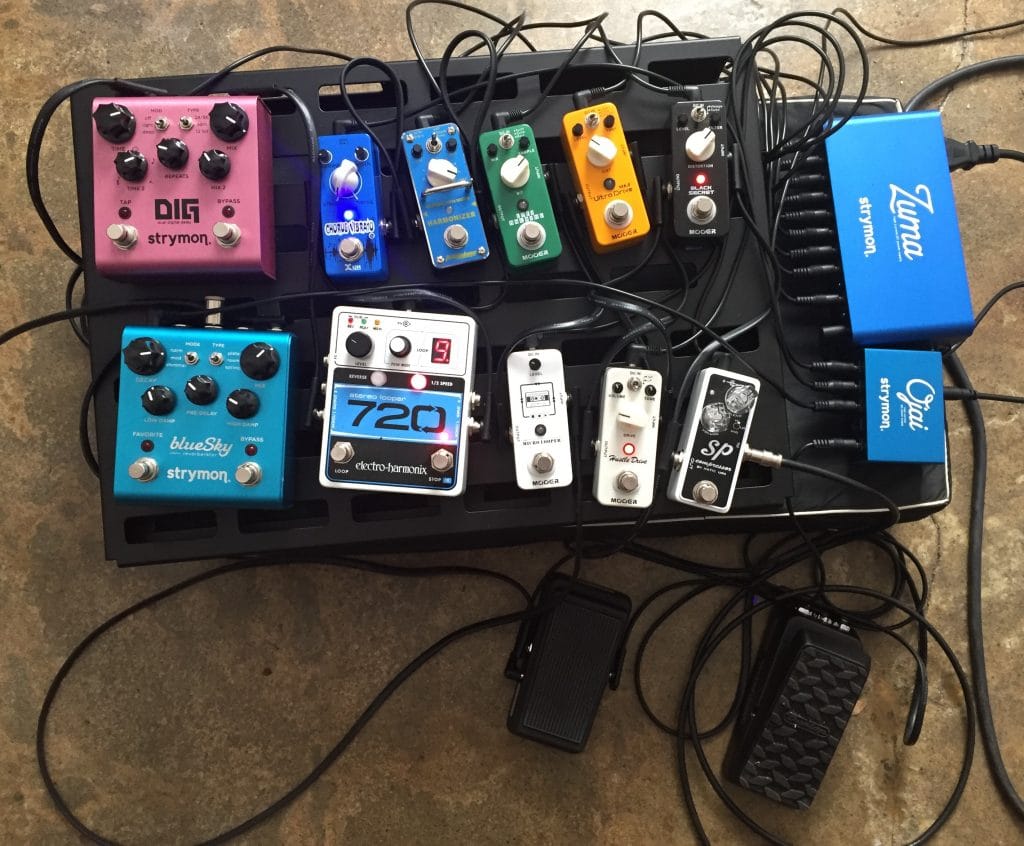
The Zuma and Ojai are recent additions. Has there been any improvement to your set-up and experience of using it since integrating them into your pedalboard?
The Zuma and Ojai Power Supplies have been fantastic additions to my pedalboard in terms of solid quality and reducing noise. I bought the Zuma thinking it was all I would need, but quickly realized that it wasn’t enough. I was happily surprised when I realized the Ojai can be purchased as an expansion to the Zuma. And the Ojai is really small. I don’t know who came up with that idea but it’s brilliant. Kudos.
__________________________
Want to keep up with G.E. online? Here are links to several projects, lots of music, plus visual art from G.E.
G.E. Stinson Bandcamp page:
https://gestinson.bandcamp.com
G.E. Stinson website:
http://www.codedsource.com/
.5mnk – electronics and pulses
https://soundcloud.com/5mnk-1
duo project with Karrie Benoit
https://halfmonk.bandcamp.com/
visual art, etc.
http://thehalfmonkfrequency.tu
Subscribe to our newsletter to be the first to hear about new Strymon products, artist features, and behind the scenes content!

Have you ever powered up your guitar rig and experienced a low frequency buzz or hum from your amplifier or speakers? Or perhaps a high pitched
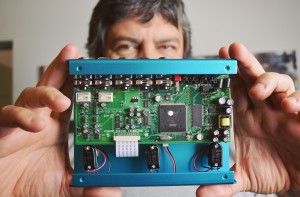
In addition to being a co-founder of Strymon, Gregg Stock is the man behind the analog circuit design in every Strymon product. Recently, he was kind enough to
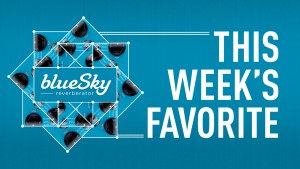
New York based guitarist/composer Ben Monder has released six albums of his own so far, and has appeared on over 200 albums as a sideman. Most recently, Monder